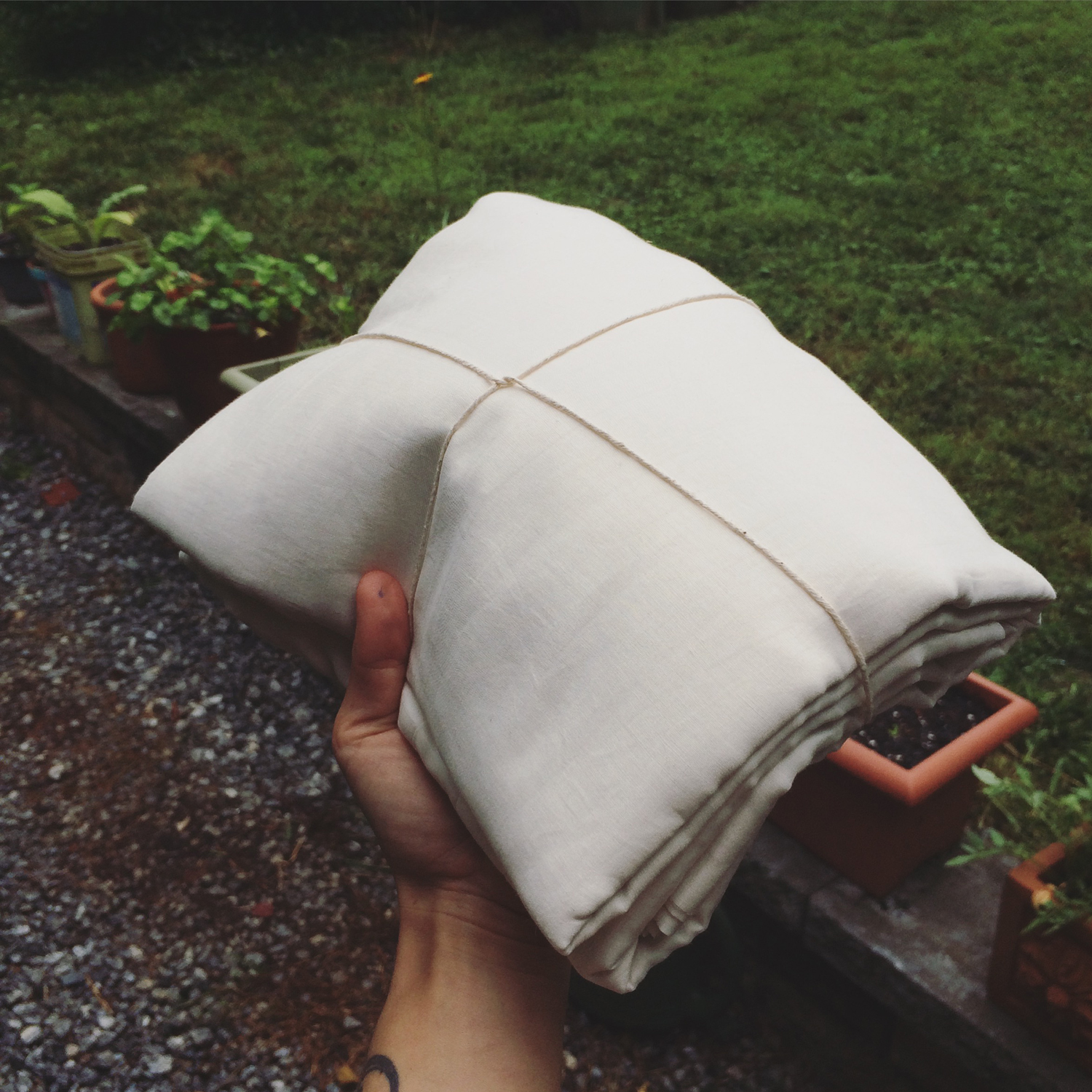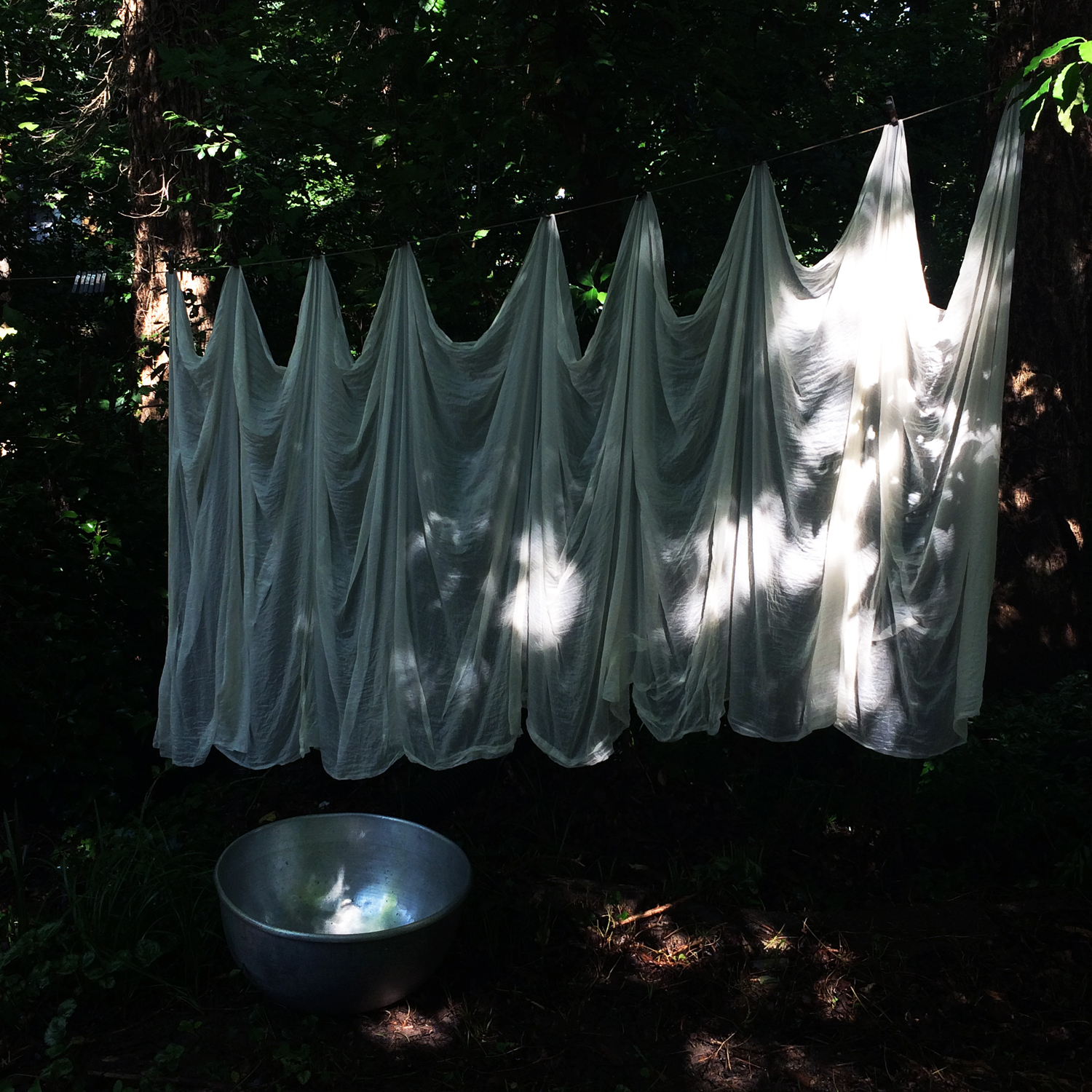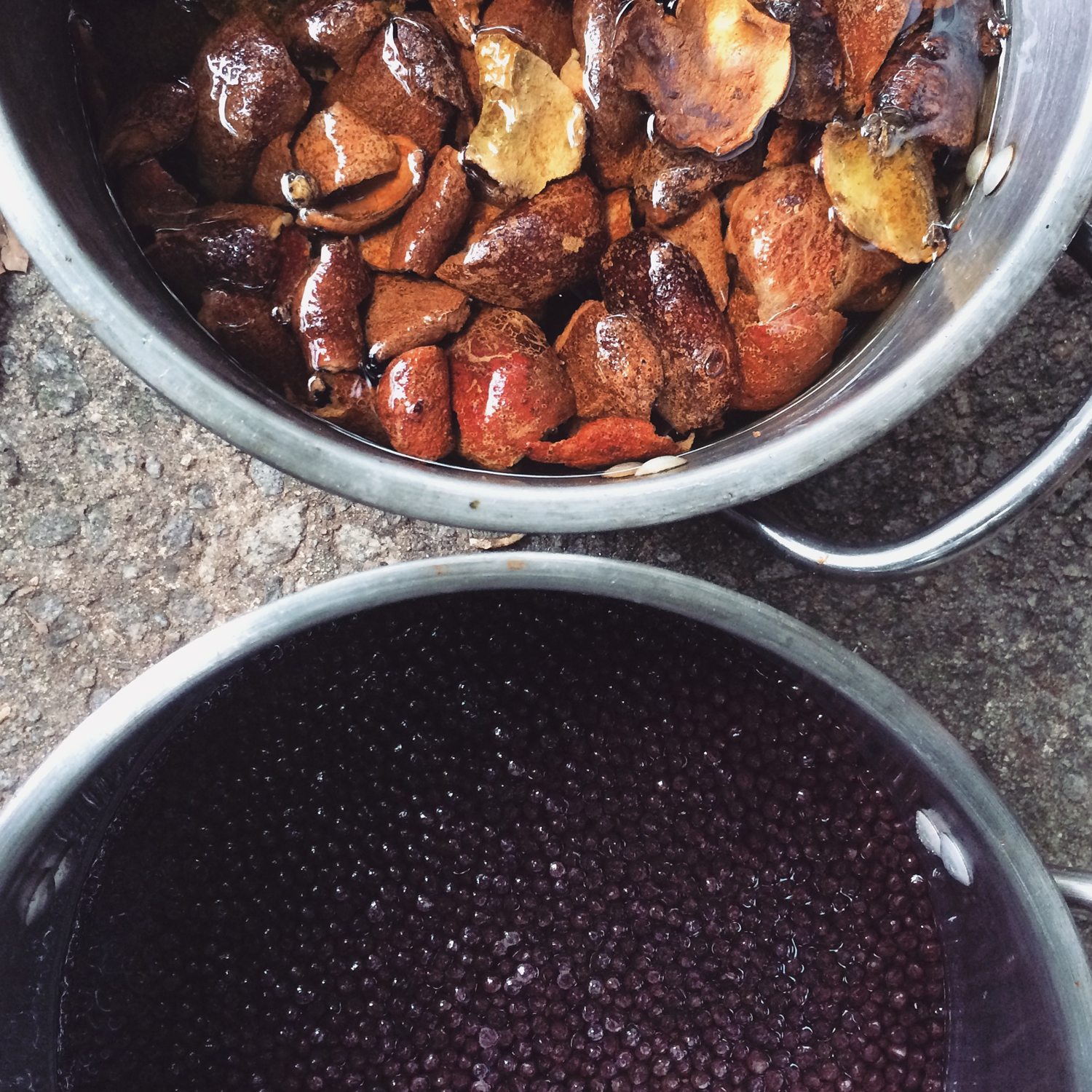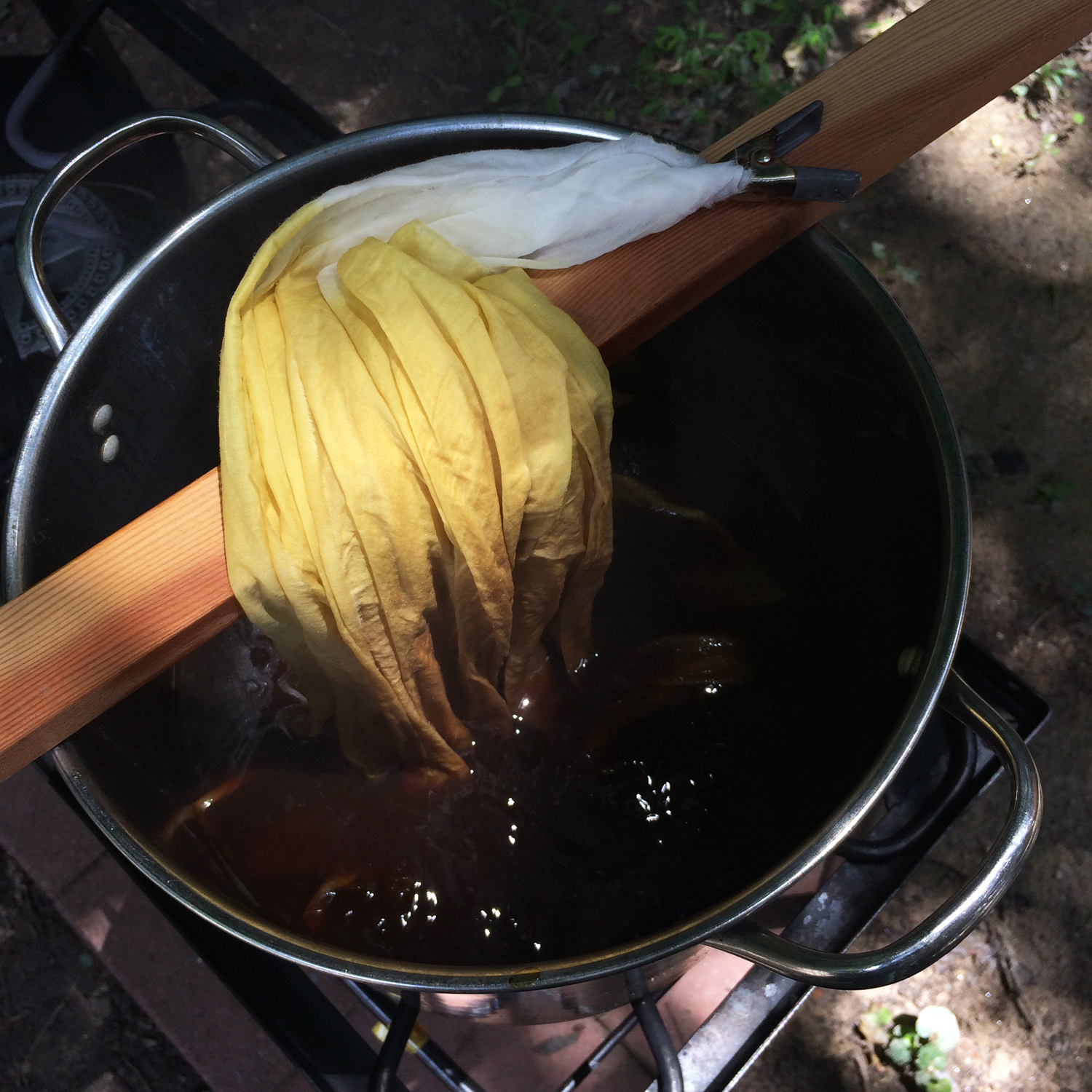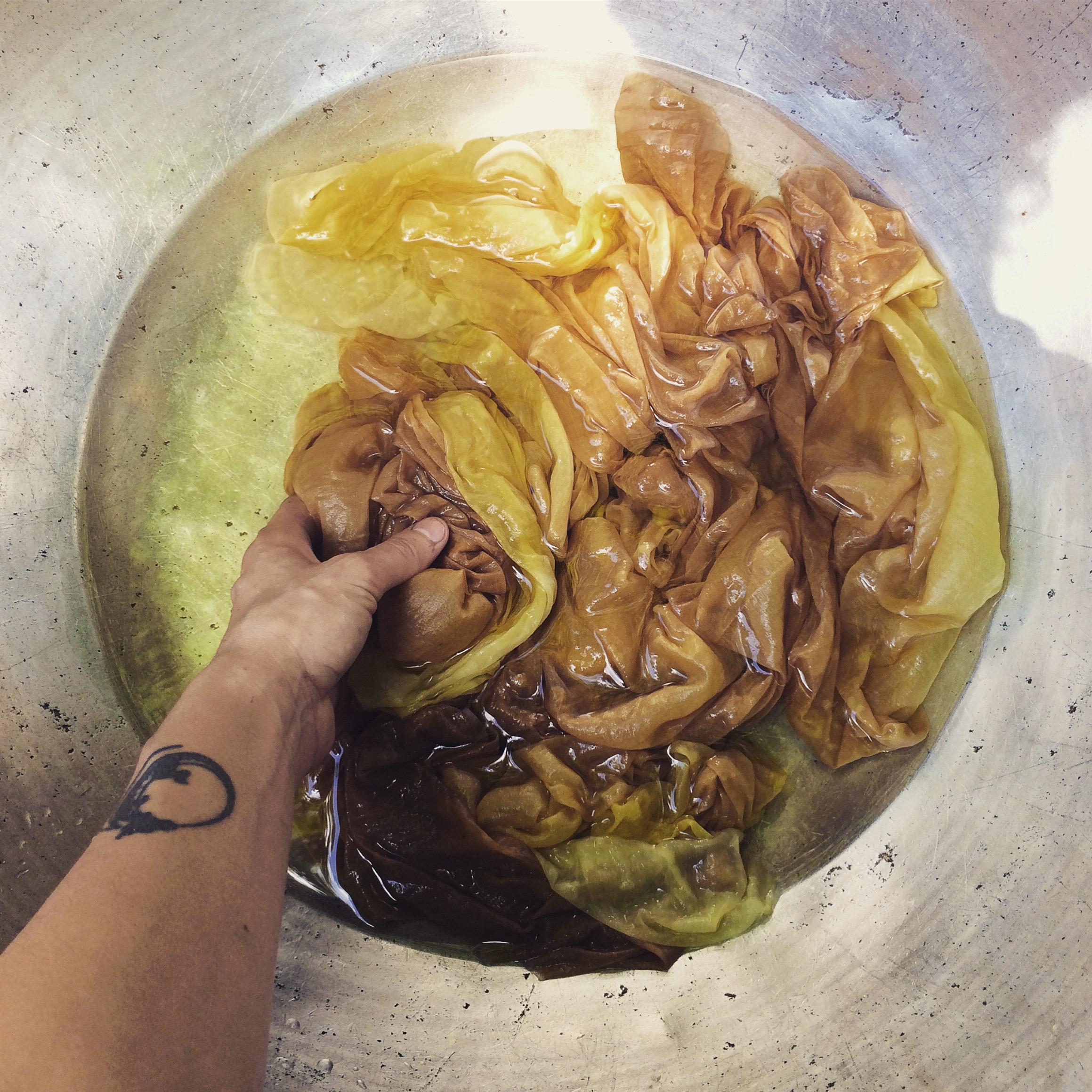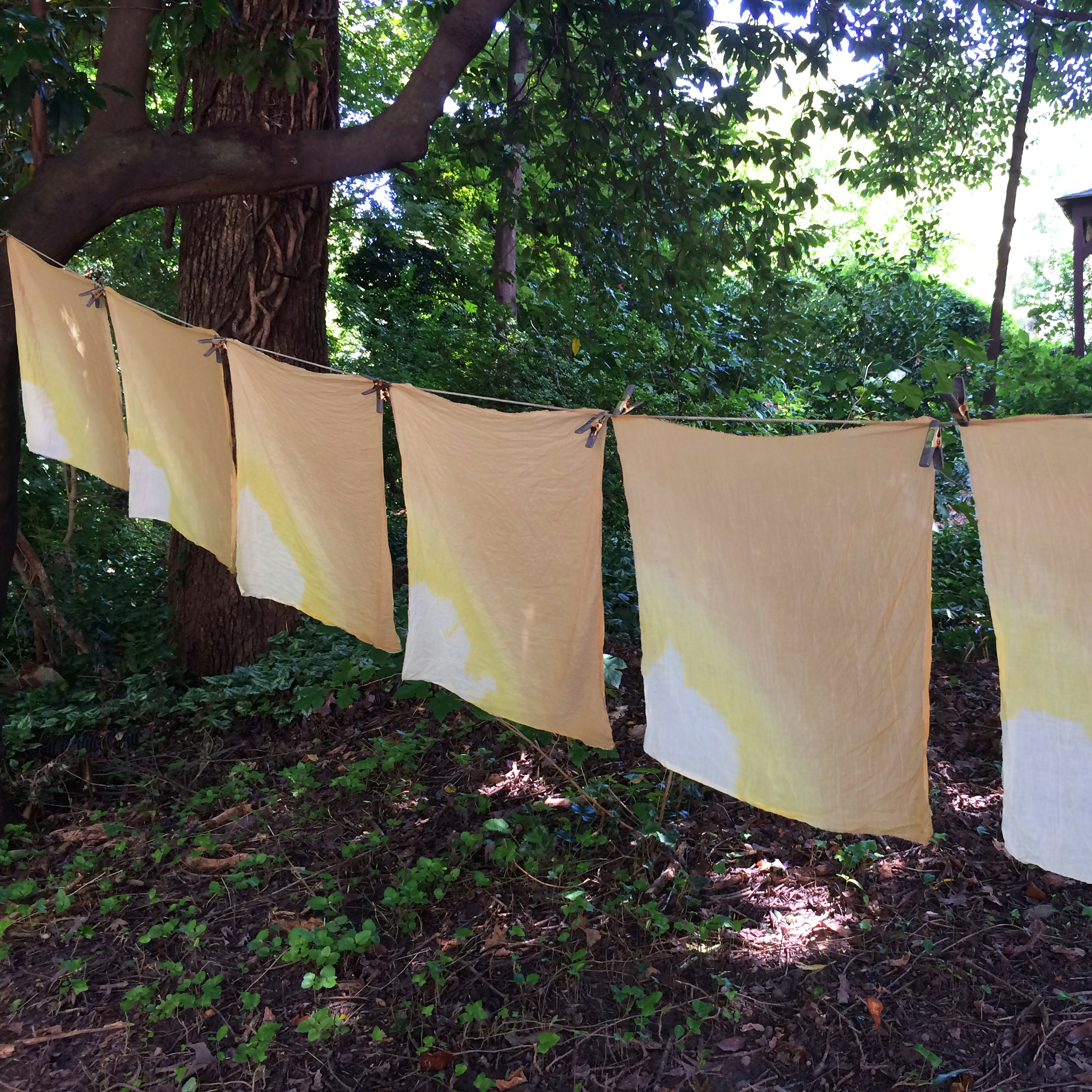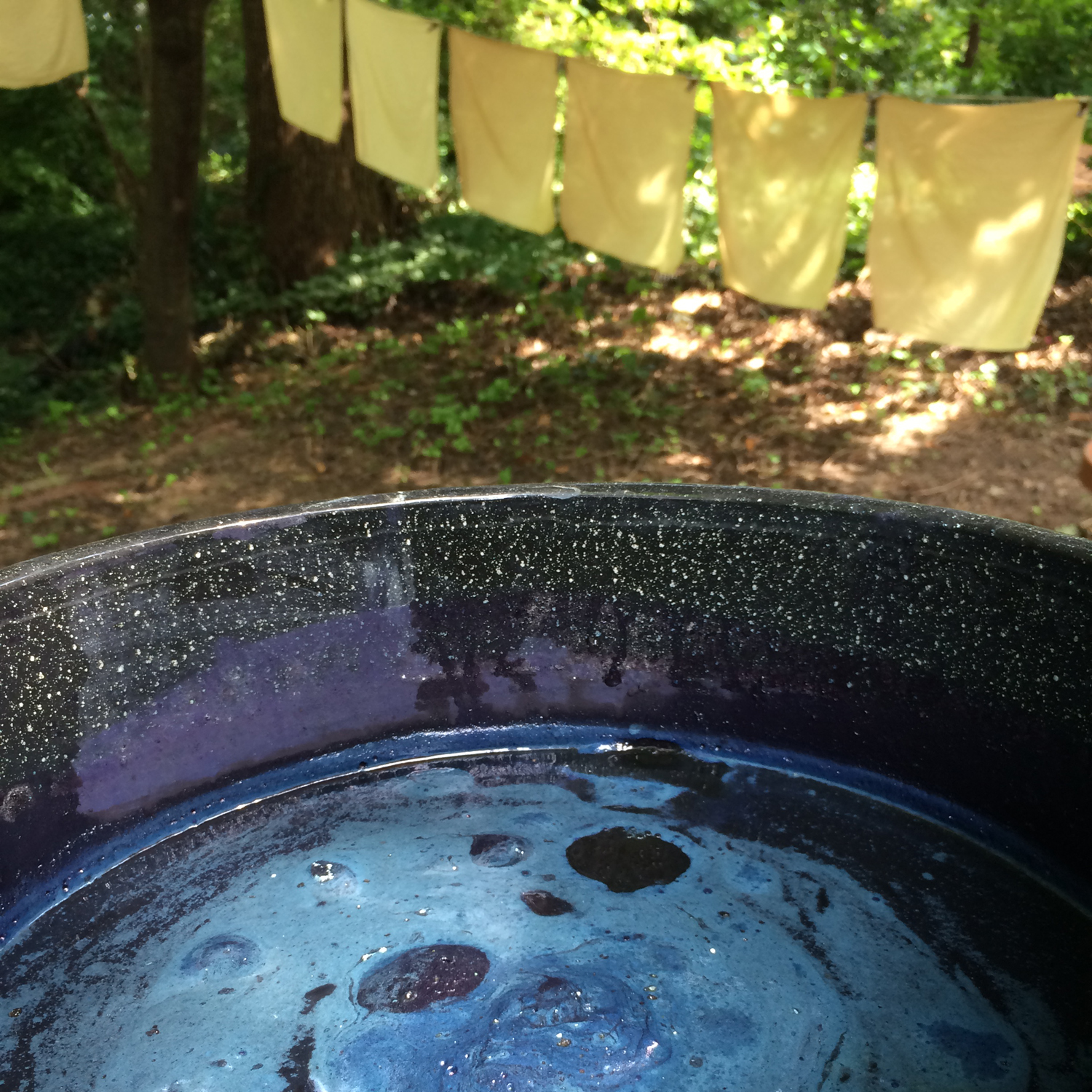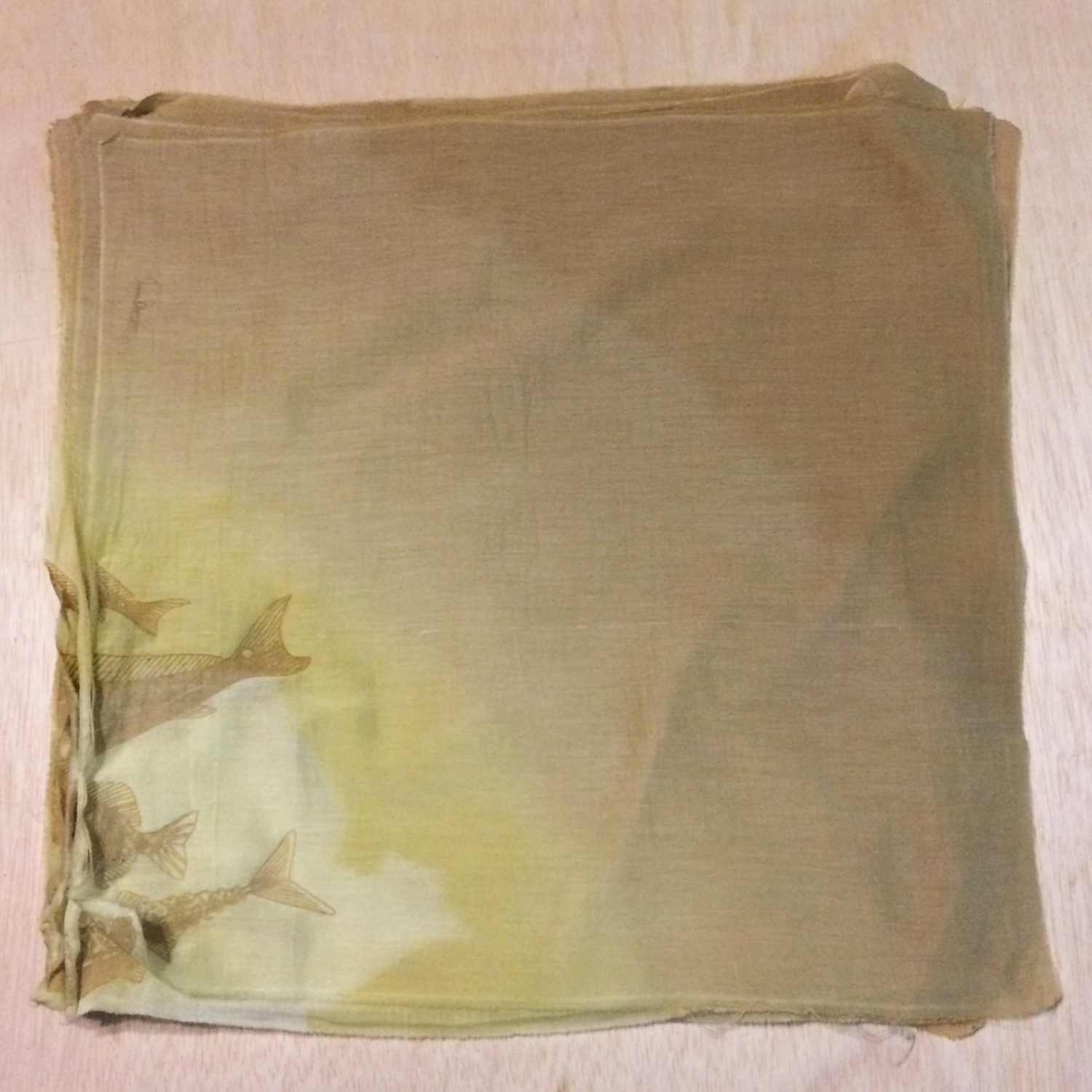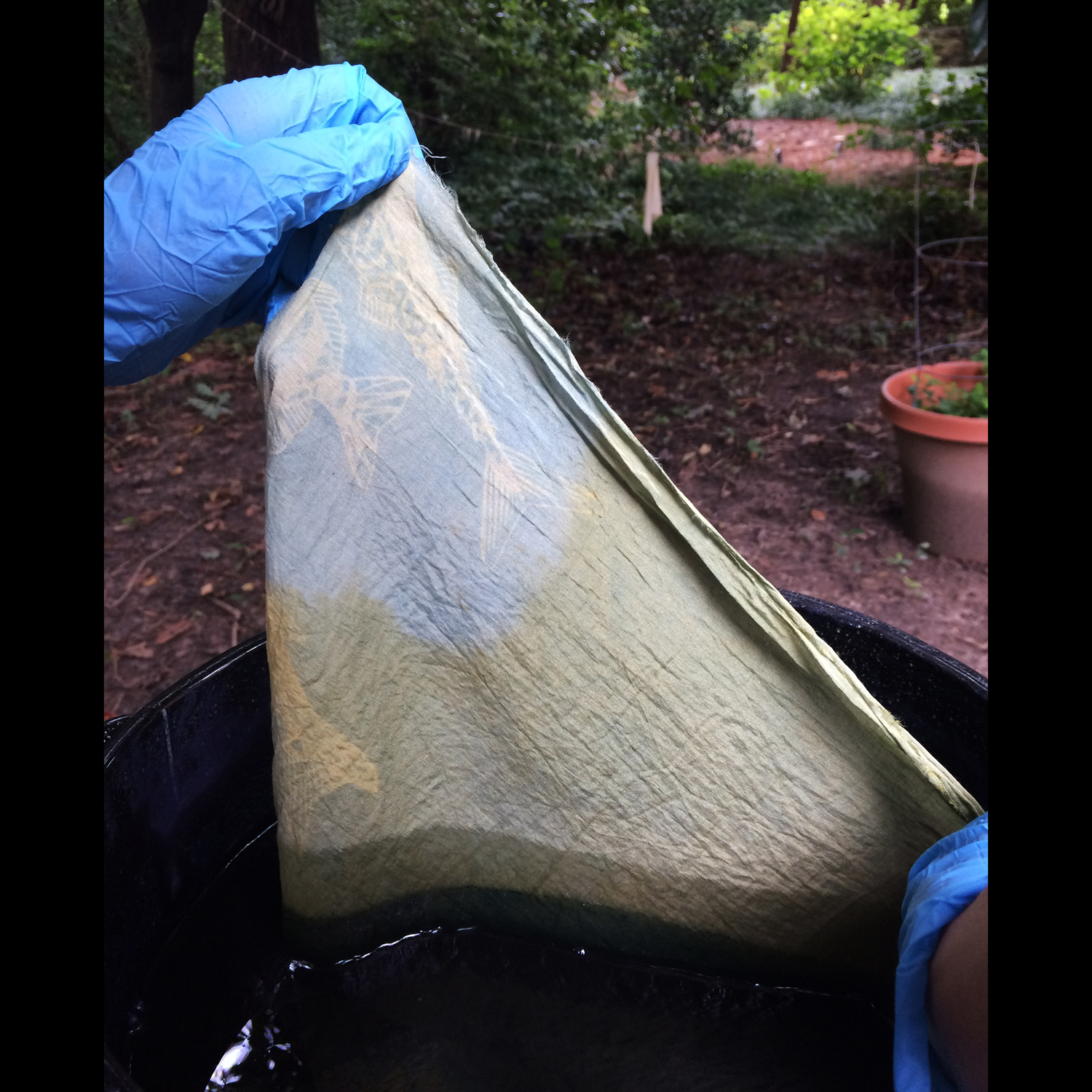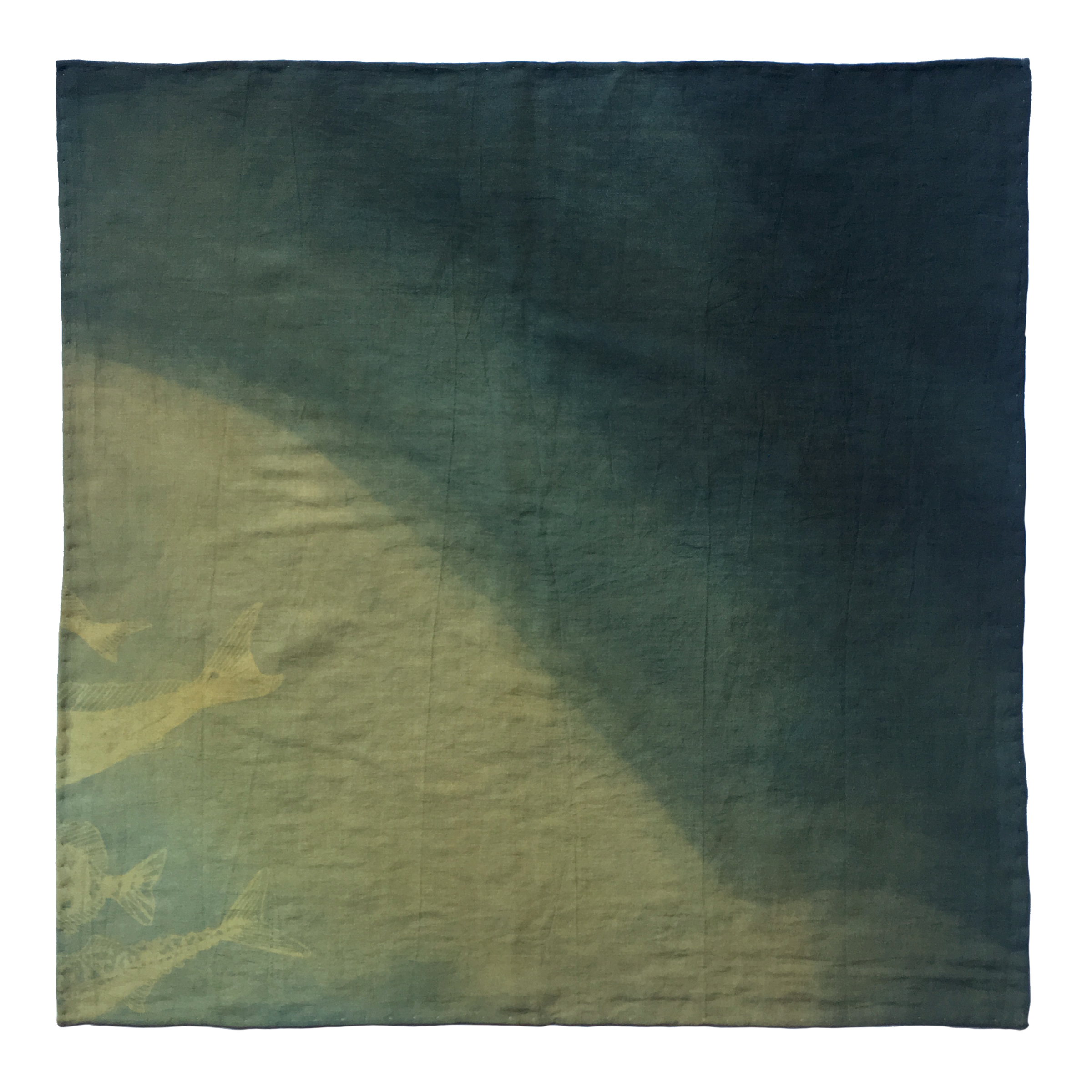DEAD ZONES
“When we try to pick out anything by itself, we find it hitched to everything else in the Universe.” -John Muir
Oxygen is a necessary component of survival for a vast majority of organisms on this planet. Without it, the planet would only be inhabited by a few microscopic anaerobes. The only places on the planet void of oxygen are areas in large bodies of water called “dead zones”. While some dead zones occur naturally in fjords and deep basins, their occurrence in shallow coastal and estuarine areas is increasing as a result of human activities.
These dead zones lead to disruption in the food chain and can not only affect population numbers in non-human organisms, but also the landscape, weather patterns and eventually the livelihoods and health of humans. Fortunately, dead zones are reversible if their causes are reduced or eliminated.
On average 5,300 square miles of dead zone occurs every year in the Gulf of Mexico, the second largest dead zone on the planet.
Human-caused pollution including sewage and animal waste runoff, vehicular and industrial emissions, the excessive use of fertilizers by farmers, and warming waters due to climate change all play a role in the expansion of dead zones around the globe. In the United States, fertilizers from the major farming states in the Mississippi River Valley wash into the Mississippi River and eventually into the Gulf of Mexico, where nutrients such as nitrogen and phosphorus stimulate an explosion in microscopic algae, creating huge “algal blooms”. In a natural system, these nutrients aren't significant factors in algae growth because they are depleted in the soil by plants. Unfortunately, many native plants and habitats in this corridor have been eradicated, leading to soil erosion and runoff, dumping more and more excessive nutrients and pollution into waterways. The increased nutrients facilitate algae population growth well beyond the natural capacity of predators or consumers to graze it down to a balanced level. The algae eventually die and sink to the ocean floor. As the bacteria on the ocean floor works to decompose the algae, it consumes the ocean’s oxygen, resulting in hypoxia - a low rate of dissolved oxygen.
The hypoxia is magnified by warming waters. Warm water intensifies the stratification of the water column which reduces the oxygenation of the ocean, making it harder for the ocean layers to mix. Freshwater flowing from the river and warmed surface water have a low density and form a layer above the saltier, cooler and more dense water masses near the bottom. This stratification leaves the bottom layer isolated from the surface layer and cut off from a normal resupply of oxygen from the atmosphere. These areas are unable to harbor life and completely disrupt the food chain.
Fish and other mobile sea creatures are able to escape the suffocating dead zone. Less lucky, however, are the sponges, corals, sea squirts, and other animals who live their lives fixed in one place on the sea bed. Low oxygen levels place them under great stress and have resulted in huge mortalities. Such losses will disrupt the food web, creating a negative chain reaction of increasing mortality rates in larger and larger animals.
It’s difficult to recognize that our seemingly insignificant everyday choices can facilitate major crises in another part of the world. Inversely, it is equally as difficult to recognize that our seemingly insignificant everyday choices can facilitate major recovery efforts and conservation in another part of the world.
Here’s how your choices can make a positive impact:
developing and advocating for better farming practices that require less fertilizer
adjusting the timing of fertilizer applications to limit runoff
cultivating native habitats (especially around farmlands and waterways)
advocating for farmers to control animal wastes so that they are not allowed to enter into the waterways
eating fewer meat products
making sure septic systems and sewage treatment facilities are being monitored to reduce discharge
creating stronger industrial regulations to ensure excess nutrients, organic matter and chemicals aren’t being dumped into our waterways
working to combat climate change
staying informed
voting!
We are all a necessary part of the solution.
Resources include the websites of: The National Oceanic & Atmospheric Administration - Gulf Hypoxia, Louisiana Wildlife & Fisheries, Scientific American, The Science Education Resource Center at Charleton College. You can also find additional information via Modest Fish.


